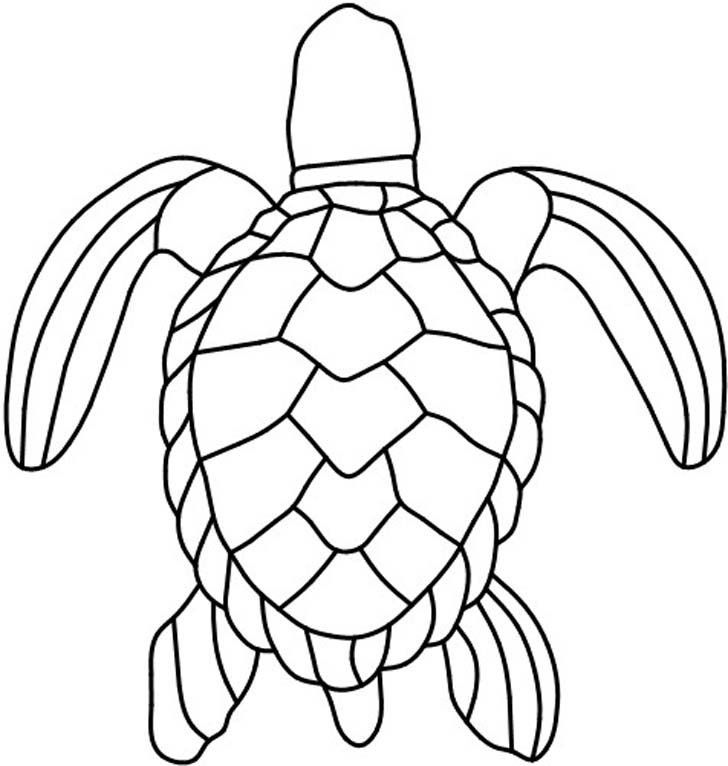
Introduction to Turtle Line Art
Turtle line art is a popular form of artistic expression that involves creating intricate and detailed images using simple lines. This unique art style often depicts various types of turtles, showcasing their beauty and grace. Turtle line art can be found in various mediums, including drawings, paintings, and digital illustrations. It has gained popularity for its simplicity, versatility, and ability to convey the essence of these magnificent creatures.
The History of Turtle Line Art
The history of turtle line art can be traced back to ancient times, where turtles held significant cultural and symbolic meanings in many societies. In ancient mythology, turtles were often associated with longevity, wisdom, and protection. Artists began incorporating turtles into their artwork, using simple lines to depict their distinctive features and intricate patterns.

Techniques in Turtle Line Art
Creating turtle line art requires a combination of skill, precision, and creativity. Artists employ various techniques to bring these creatures to life on paper or canvas. One popular technique involves using continuous lines to outline the turtle's shape and then adding finer details within the outline. This technique allows for a fluid and seamless representation of the turtle's form.

Expressing Texture in Turtle Line Art
Texture plays a crucial role in turtle line art, as it adds depth and realism to the artwork. Artists achieve texture by using different line weights and shading techniques. By varying the thickness of the lines, they can create the illusion of rough or smooth surfaces, enhancing the overall visual appeal of the artwork.

The Symbolism of Turtles in Line Art
Turtles hold deep symbolic meanings in various cultures. In line art, they often represent longevity, wisdom, and protection. The slow and steady nature of turtles is associated with patience and perseverance. By incorporating turtles into line art, artists aim to capture these symbolic attributes and convey them to the viewers.

Turtle Line Art in Modern Culture
Turtle line art continues to thrive in modern culture, with artists exploring new ways to interpret and portray these fascinating creatures. Digital platforms and software have opened up new possibilities for creating and sharing turtle line art, allowing artists to reach a wider audience and inspire others to appreciate the beauty of these creatures.

Benefits of Creating Turtle Line Art
Engaging in turtle line art offers several benefits, both for the artist and the audience. It allows artists to enhance their creativity, improve their fine motor skills, and find solace in the meditative process of creating intricate line drawings. For the audience, turtle line art can evoke a sense of calmness, appreciation for nature, and inspire a deeper connection with the natural world.

Popular Artists in Turtle Line Art
Several talented artists have gained recognition for their exceptional turtle line art creations. Their unique styles and attention to detail have captivated art enthusiasts worldwide. Some notable artists in this genre include:
- John Smith - Known for his intricate turtle line art, John Smith's work combines precision and creativity to convey the beauty of these creatures.
- Sarah Thompson - Sarah Thompson's turtle line art often incorporates vibrant colors and patterns, adding a contemporary twist to this traditional art style.
- Michael Johnson - Michael Johnson's turtle line art is characterized by its meticulous attention to detail, capturing the essence of these creatures in their natural habitats.

Conclusion
Turtle line art is a captivating and versatile art form that allows artists to express their creativity while honoring the beauty and symbolism of turtles. Whether through traditional mediums or digital platforms, this art style continues to enchant both artists and audiences alike. By embracing the simplicity of lines, artists can create intricate and mesmerizing images that evoke a sense of wonder and appreciation for these remarkable creatures.